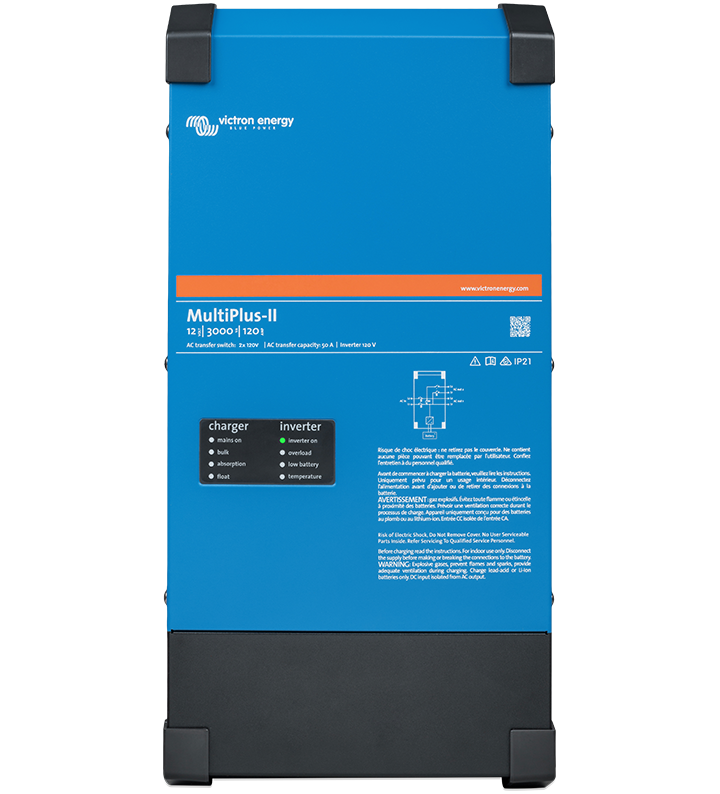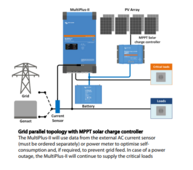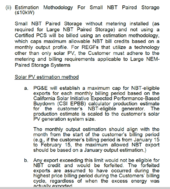stojo107
New Member
I was hoping to build a system with discrete charge controllers on each string, 48v battery system, and grid tied inverter. This allows me to decouple the solar facing specs (number of MPPTs / MPPT voltage range / etc) from the inverter specs. One motivation is to be able to scale up or down my solar generation capability (and maybe battery) without needing to change inverter size. I'm having a hard time finding grid tie inverters that don't have built in MPPTs though. Ideally there would be grid tie inverters which take in 1x ~48v DC battery bus only. Maybe there are some products I'm missing? Thanks in advance for the help!
Last edited:





